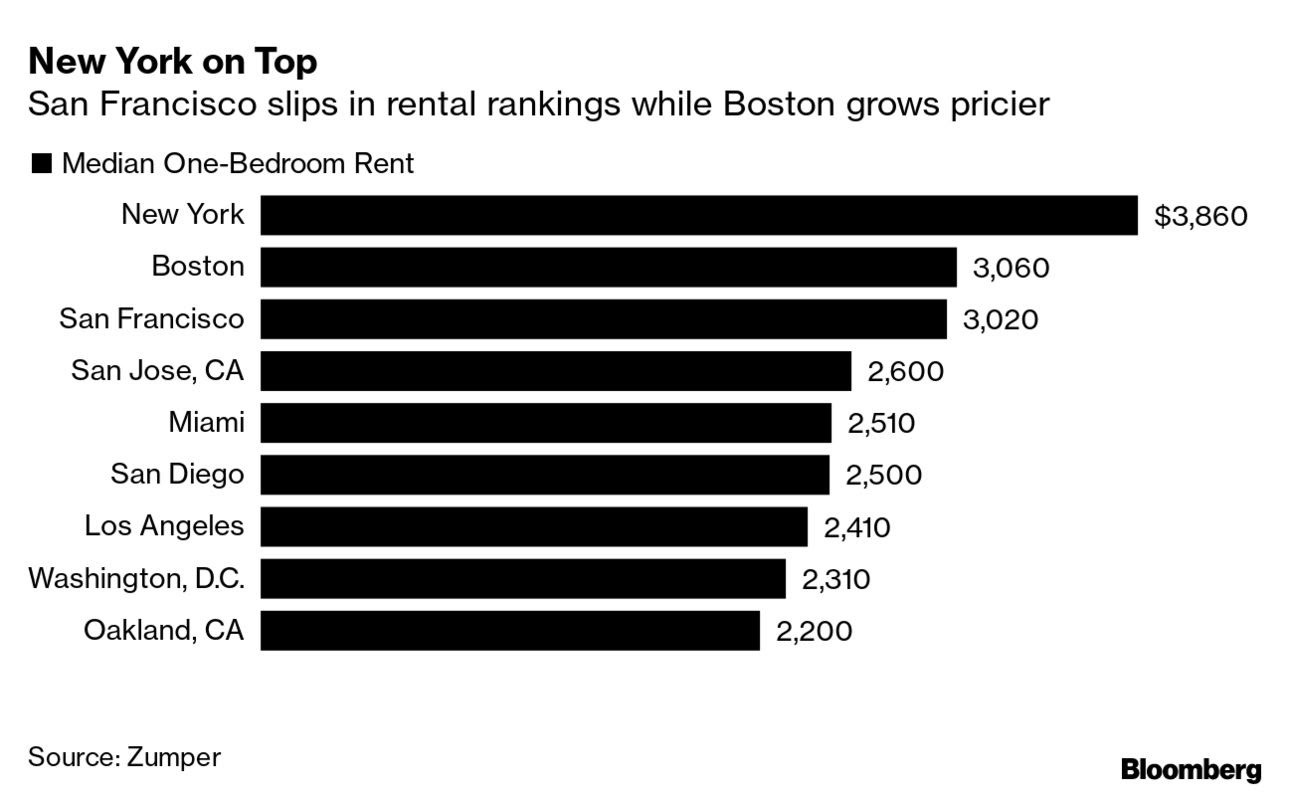Written by Steve Andrews

The stock market is not the economy. Stock markets move based not on what is happening now, but what investors anticipate may happen to the economy over time. The Fed has held sway over investor sentiment all year, and inflation has been the determining factor in the Fed’s plans, thus driving all market activity.
Stocks rose in September when the August Consumer Price Index (CPI) inflation growth was less than expected. They reverted in October when the September CPI disappointed. Investors worried that the October CPI report would be worse still since energy prices were on the rise once again after four straight months of declines. While energy costs did rise 1.8% in October, other sectors eased, and CPI growth edged lower to 7.7% from the year before – down from September’s 8.2% year-over-year gain.
Housing Market
Core CPI (which strips out volatile food and energy costs) rose 0.3% last month and finished 6.3% above year-ago levels – down from a 40-year high of 6.6% in September. Rents and housing costs make up nearly 1/3 of CPI and have accounted for over 50% of the rise in consumer prices this year. Rents had been restrained through the COVID shutdowns, due to government-mandated moratoriums on rent increases, but once those expired last year rents raced to catch up with home prices. Rents and housing costs did climb 0.6% last month, however most of the gain came from lodging and hotel prices which have been on the rise as Americans get out and travel once again. Actual rent costs declined for the first time since June.

We may have seen a peak in rents, according to the National Multifamily Housing Council which said that, in October, the apartment market is starting to normalize after 6 straight quarters of tightening conditions. Most survey respondents noted higher vacancy rates and lower rent growth compared with the prior 90 days, and 66% reported softer rental market conditions than they were three months ago. These surveys reflect the respondents’ view on the direction of change – not the magnitude of change – but offer some evidence that another key driver of higher prices is losing momentum.
Among those reporting Q3 earnings results was the real estate firm Redfin. They failed to meet their earnings expectations and warned of dwindling home sales through 2023, saying “The problem with demand is that housing has become unaffordable. From October 2020 to October 2022, the monthly payment for an American family buying the median-priced home increased by 71%.”
Rising Interest Rates
The Federal Reserve’s interest rate hikes this year have been the primary driver of climbing mortgage rates and, despite October’s improved CPI data, most expect the Fed to raise rates at least a half-point (0.50%) at their next meeting in December. Whether 30-year mortgage rates rise as much, is uncertain. Mortgage rates tend to shadow the yield on the 10-year Treasury note, which fell sharply from 4.17% (when the average 30-year mortgage rate was 7.08%) to 3.81% following the CPI report. While some, like Redfin, are calling for 30-year mortgage rates to rise above 10% at some point, we’re not so sure.
At the early November FOMC meeting where the Fed, once again, lifted short rates by 0.75%, they spoke to their need to continue to raise rates until rates reach “a stance of monetary policy that is sufficiently restrictive to return inflation to 2.00% over time.” That restrictive rate has been a moving target for the Fed over the past year, but they did acknowledge that the rate hikes to date will take some time before they impact the economy, saying that they will take into account the “lags with which monetary policy affects economic activity and inflation.”
We take that to mean that future rate hikes (whether in December or next year) could be smaller than the hefty 0.75% hikes of late.
This “lag effect” approach replaces the “data-dependent” mantra the Fed followed over the past few years, but we still believe that they are cognizant of their role as instigators of every recession over the past century (2020 excluded) and will remain data-dependent (at least in spirit) as they assess future actions.
For now, the futures market for short-term rates like Fed Funds sees the rate topping out near 5.00% next March from around 3.80% today. This could change as more economic data alters the market’s view.
Inflation
The recent data suggests that both inflation and economic growth are softening. US GDP grew at a 2.6% annual rate in Q3 and early data for Q4 points to growth somewhere in the 1% - 2% range. While the manufacturing and services sectors remain in expansion mode, their rate of growth has eased a bit. Still, industrial production set new records, even as consumers shift their spending preferences away from goods (which they bought with abandon during the shutdowns) and more toward services.
Production of consumer goods is up 3.8% over the past year while the production of business equipment is up 8.2%. Capacity utilization in the manufacturing sector hit 80.0% in September - the highest level since 2000.
Mortgage lending has dropped sharply as rates and home prices soar, but the Q3 earnings reports from financial institutions highlighted very healthy loan growth for the quarter – extending the trend which has gone on for almost 12 months. This, along with the GDP data is another indication that we are not yet in a recession.
That could change next year. A lot depends on the Fed and how they manage monetary policy. As we discussed before, they are getting a lot of help in their quest to quell inflation from the sharp rise in the U.S. Dollar which has lowered commodity prices (energy excluded), and from (non) growth in the money supply (M2), which has barely budged this year after surging 40% in the year after the pandemic, igniting the flare up in prices. If this truce holds, it allows economic growth to catch up with and absorb some of the excess cash. Lastly, while year-over-year inflation numbers remain sticky, data over the past six months points toward improvement. Personal Consumption Expenditures (PCE) inflation (the Fed’s preferred metric) has eased to 4.2% since March, instead of the 6.2% PCE rate over the past 12 months.
Year-End Outlook
A lot of when and if a recession might strike depends on the U.S. consumer, who continues to spend as they have through this recovery. Personal spending rose 0.6% in September as total wages (wages plus hours worked) are keeping consumers’ heads barely above the rate of inflation and, for now, ahead of the bill collectors. And homeowners remain in good stead, despite the tough housing market. According to the Mortgage Bankers Association (MBA) and Black Knight, a firm which provides data, software, and analytics on the U.S. housing market, the mortgage delinquency rate sits at historical lows, and the percentage of homes in the foreclosure process sits at a scant 0.57%, while equity levels remain high.
The stock market is not the economy, but it offers hints on where the economy is headed. Right now, stocks are giving the impression that the worst is over. “Less Worse” is a far cry from “Good,” so the bears still have the upper hand. Both bonds and stocks will remain volatile as they monitor the Fed and what its actions might mean for the economy, but we’re not ruling out a soft landing just yet.
Opinions expressed are those of the author and not representative of Rockland Trust Company. This is not intended as professional or any other financial advice. Please consult a professional advisor for your specific situation.


.png)




